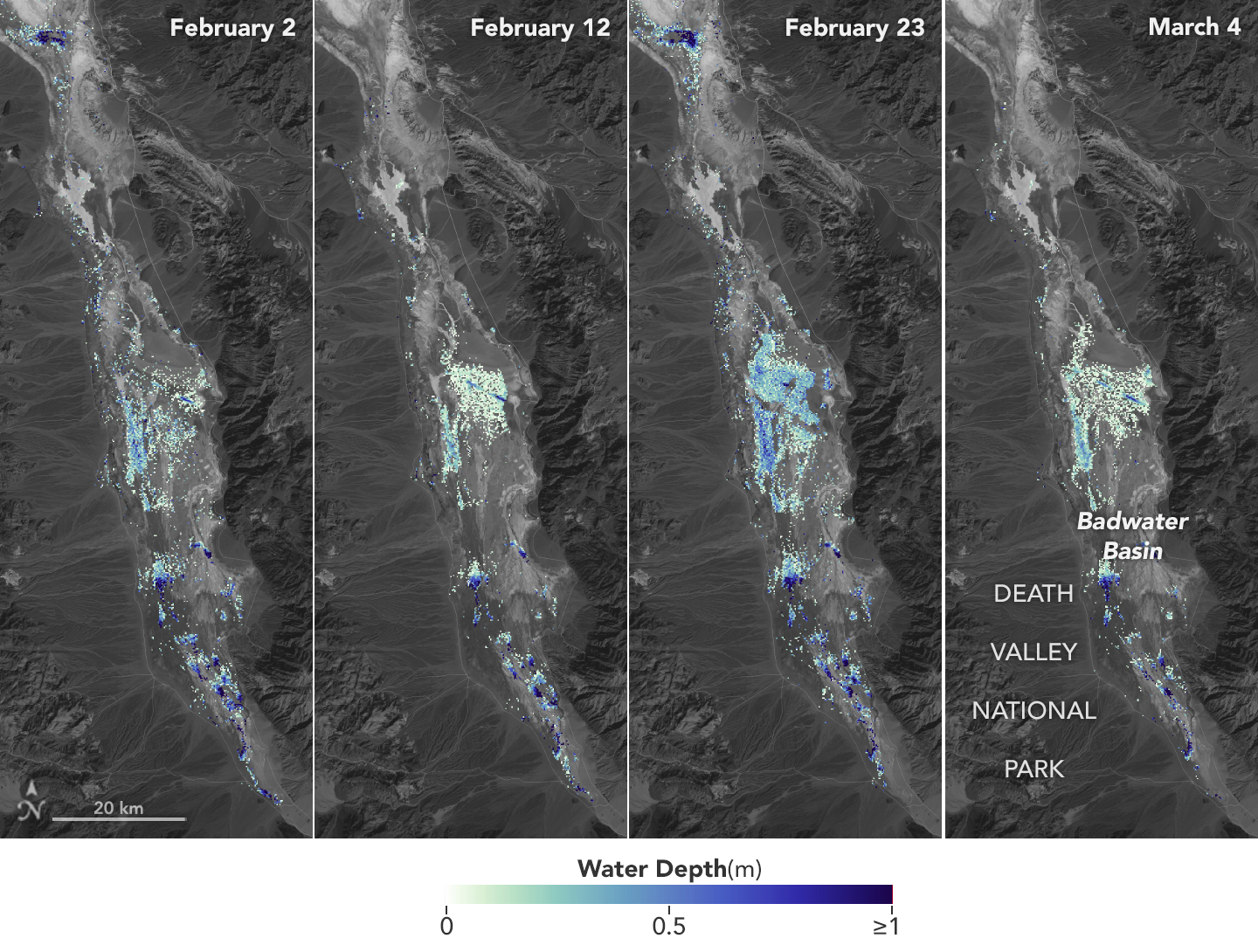2024-04-15 アルゴンヌ国立研究所(ANL)
<関連情報>
- https://www.anl.gov/article/machine-learning-could-help-reveal-undiscovered-particles-within-data-from-the-large-hadron-collider
- https://journals.aps.org/prl/abstract/10.1103/PhysRevLett.132.081801
ATLAS検出器による√s=13 TeVでの異常検出のための教師なし機械学習を用いた二体不変質量分布における新現象の探索 Search for New Phenomena in Two-Body Invariant Mass Distributions Using Unsupervised Machine Learning for Anomaly Detection at √s=13 TeV with the ATLAS Detector
G. Aad et al. (ATLAS Collaboration)
Physical Review Letters Published:20 February 2024
DOI:https://doi.org/10.1103/PhysRevLett.132.081801
ABSTRACT
Searches for new resonances are performed using an unsupervised anomaly-detection technique. Events with at least one electron or muon are selected from 140 fb−1 of pp collisions at √s=13 TeV recorded by ATLAS at the Large Hadron Collider. The approach involves training an autoencoder on data, and subsequently defining anomalous regions based on the reconstruction loss of the decoder. Studies focus on nine invariant mass spectra that contain pairs of objects consisting of one light jet or b jet and either one lepton (e,μ), photon, or second light jet or b jet in the anomalous regions. No significant deviations from the background hypotheses are observed. Limits on contributions from generic Gaussian signals with various widths of the resonance mass are obtained for nine invariant masses in the anomalous regions.



